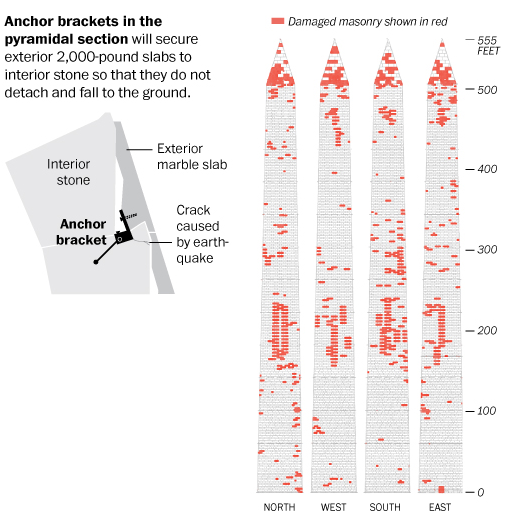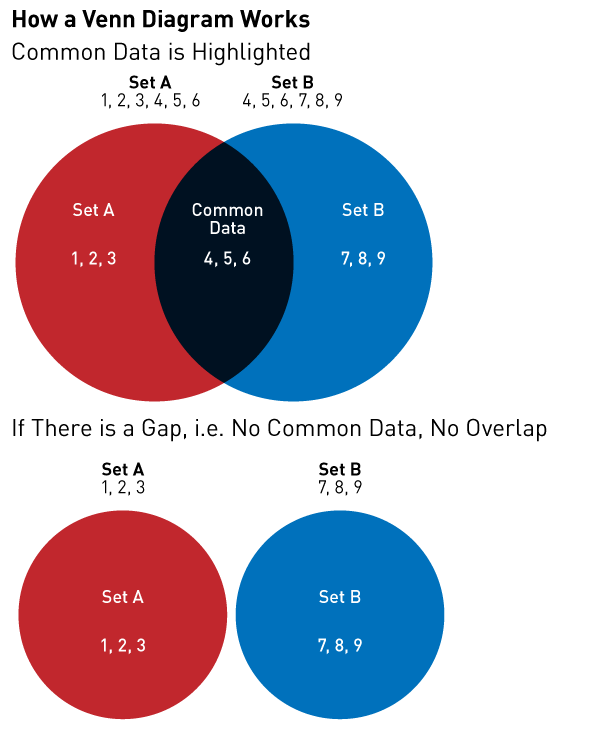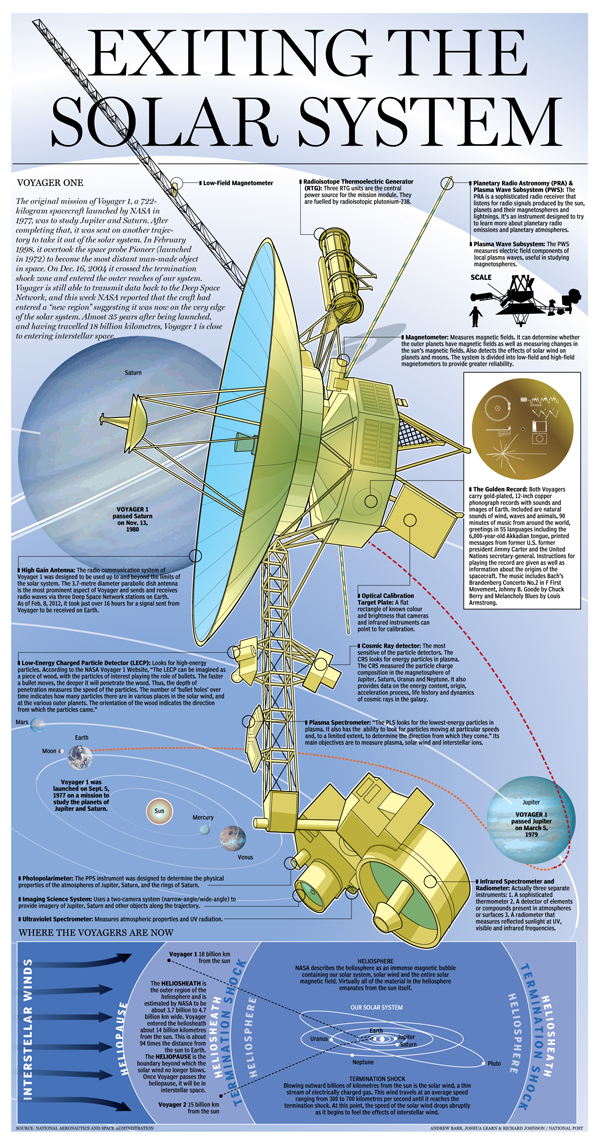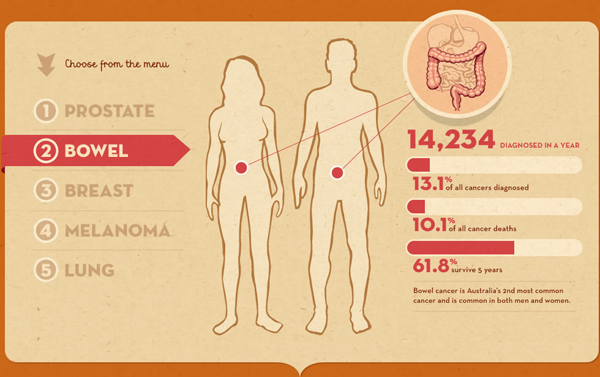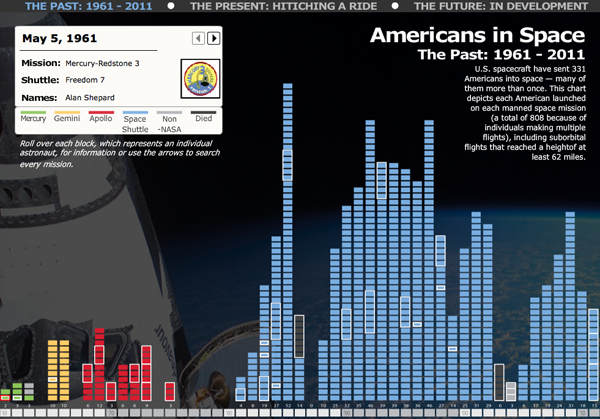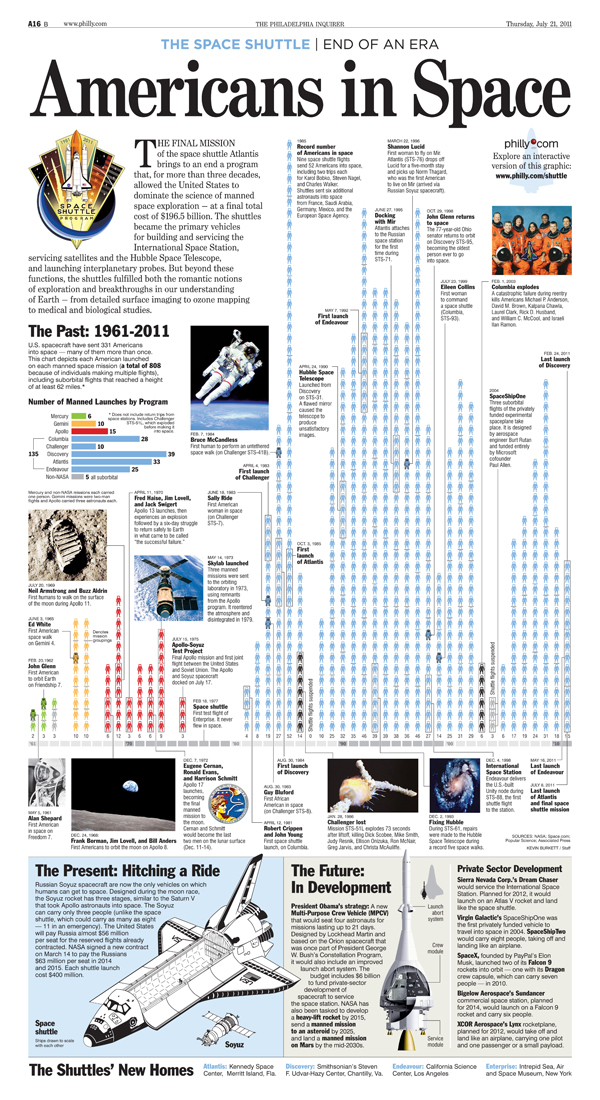Mexico has some serious problems. Primarily with the drug cartels. About two weeks ago the National Post created an infographic that looked at the northern spread of Mexican drugs into the United States. The infographic also included details on the transit and transportation networks the different drugs take along with the geographic spread of the various cartels from the Tijuana, Federation, Juarez, and Gulf Cartels as reported by US cities.
Foreign Policy magazine rates countries as to how close they may or may not be to becoming failed states. Mexico is among those that have fallen into the “Warning” category over the recent years. The second half of the infographic looks at why. In short, in the past few years over 50,000 people have been killed in drug-related homicides and several more thousand have simply disappeared. The police, military, civilian officials, journalists, &c. have become targets of the cartel if they oppose the cartels.
Mexico has some serious problems. Sadly problems have a tendency to spill over borders.

Credit for the piece goes to Jonathan Rivait and Richard Johnson.

